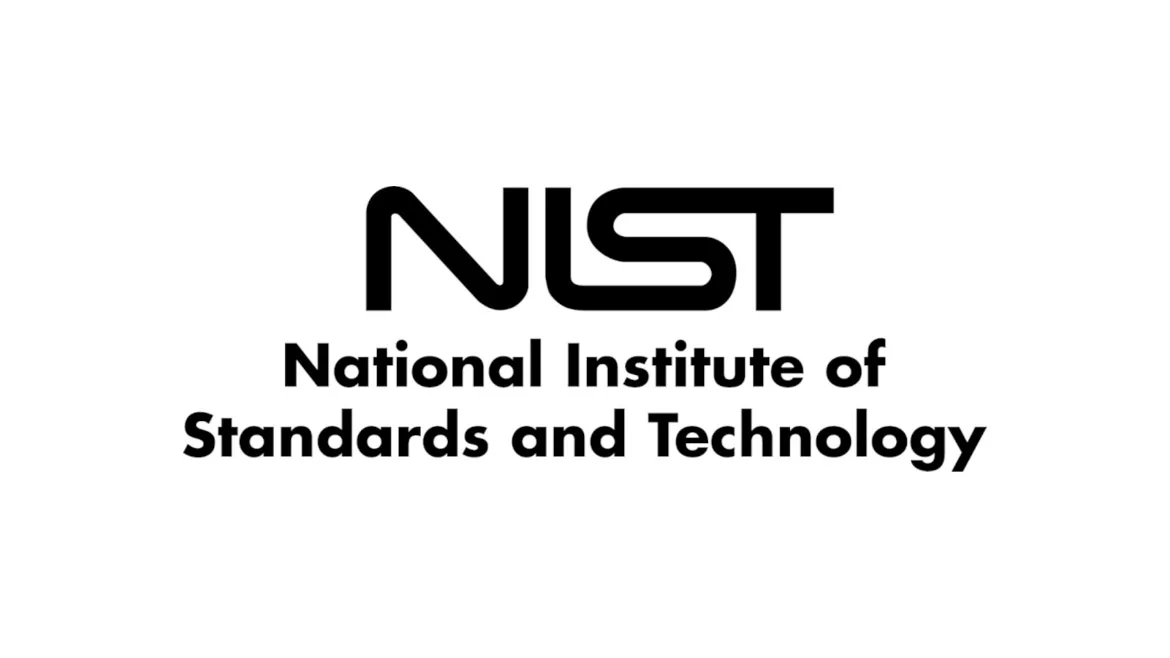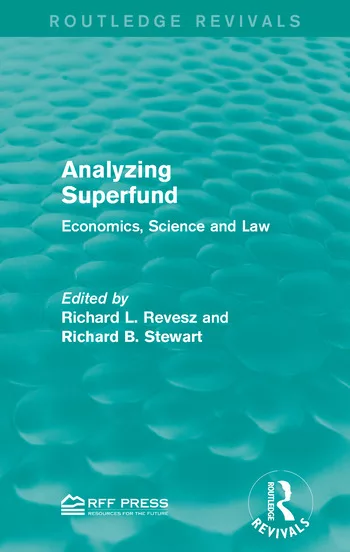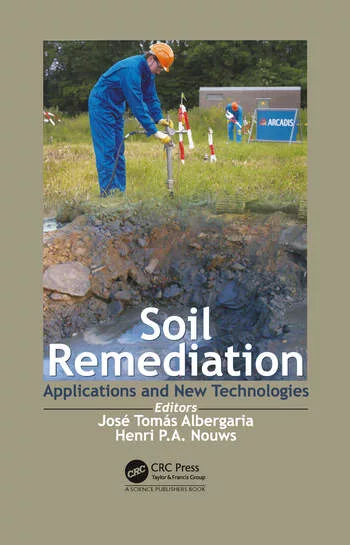Standards from NIST help to eliminate PFAS from firefighting foams
NIST researchers have collaborated with the DOD on a series of AFFF reference materials

Because of concerns about per- and polyfluoroalkyl substances (PFAS), organizations including the Department of Defense (DOD) are starting to eliminate the use of PFAS-containing materials. Under the 2020 National Defense Authorization Act, the DOD will be required to stop purchasing aqueous film-forming foams (AFFFs) from manufacturers by October 2023 and will stop using them by October 2024.
To help with this phaseout, NIST researchers have collaborated with the DOD on a series of AFFF reference materials (RMs) containing PFAS. During the phaseout process, older AFFFs will still be around, and the RMs will help organizations identify foams with PFAS so they can remove them from use.
While manufacturers aim to meet the new military specifications for their foams to contain less than 1 parts per million (ppm) PFAS, “There are still legacy AFFFs sitting across the country, and they will need to have measurements made to show if they contain PFAS,” said NIST chemist Jessica Reiner. “If they do contain PFAS, then they will need to be disposed of properly.”
NIST has released four RMs containing different formulations of PFAS in the foams.
“These four RMs contain many of the different PFAS used in the legacy AFFFs that are being phased out. The RMs are useful for labs that want to test for these,” said Reiner.
The RMs will also help the military when purchasing alternative fire suppressants.
“Because the military has to stop purchasing these foams, they need to test for PFAS in the new foams that they buy. By having these RMs, they can measure for PFAS. Manufacturers producing new foams could also use the RM when they need to test if they are PFAS free,” said Reiner.
NIST researchers sent the RMs to a number of other labs to be tested in what’s called an interlaboratory study. They learned scientists had a hard time measuring PFAS in foam form. NIST researchers then designed the new reference materials in a specific way so that each individual formulation is diluted to make it easier to use.
Analytical labs, academic institutions, and the U.S. Department of Transportation are a few other examples of groups that can use the RMs. “For example, anyone in a toxicology group could use these RMs for scientific experiments, such as delivering doses of the compounds to study their effects on cells,” said Reiner.
RM 8690 PFAS in AFFF I, RM 8691 PFAS in AFFF II, RM 8692 PFAS in AFFF III, and RM 8693 PFAS in AFFF IV are available from NIST. Organizations wishing to purchase the reference materials can visit the NIST Store.





